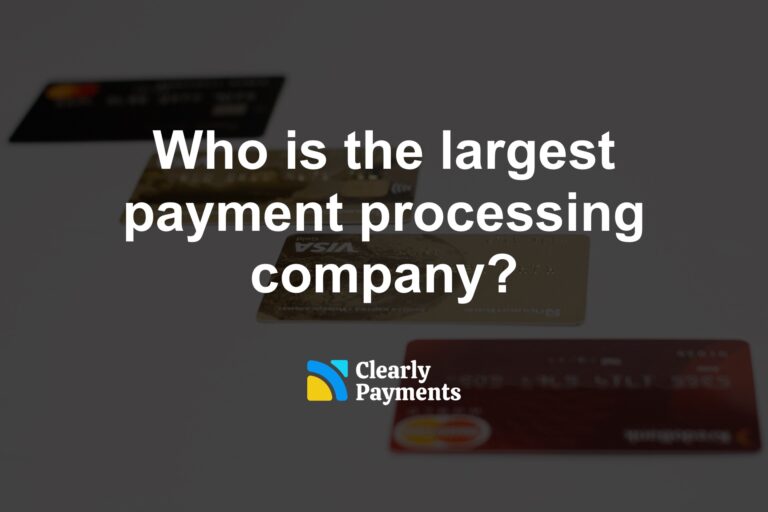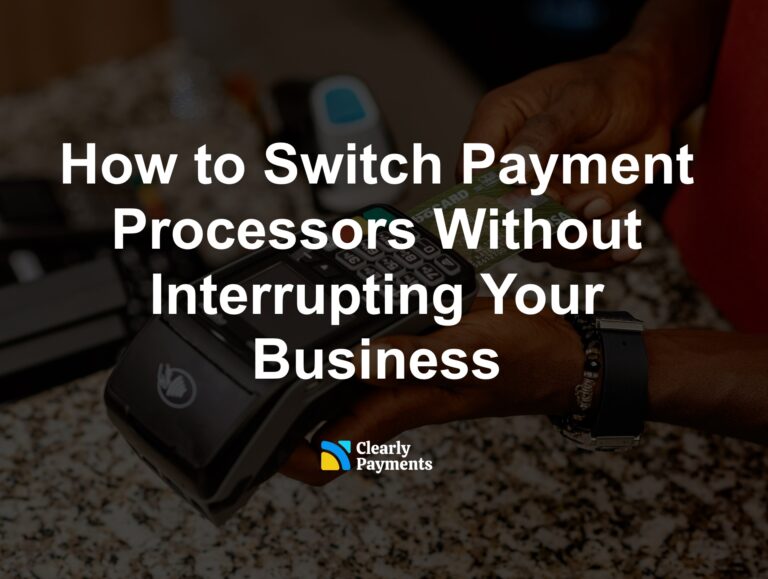Payment processing is an important part of any business that deals with transactions, whether it’s a brick-and-mortar store or an online e-commerce website. Payment processors are responsible for processing credit and debit card transactions, as well as other forms of electronic payments, such as mobile payments and electronic checks.
One common pricing structure used by payment processors is tiered pricing. Tiered pricing is a pricing model that charges different fees for different types of transactions. In tiered pricing, processors can define the tiers allowing them to charge higher fees for riskier transactions. You can also read our complete overview of payment processing fees.
How tiered pricing works
Generally, there are three tiers of pricing: qualified, mid-qualified, and non-qualified. Qualified transactions are those that meet certain criteria, such as being swiped or dipped in-person with a chip reader, and have a low risk of fraud. These transactions are charged the lowest fees.
Mid-qualified transactions may include key-entered transactions, which are considered to be slightly riskier than swiped or dipped transactions. These transactions are charged a slightly higher fee than qualified transactions.
Non-qualified transactions are considered the riskiest type of transaction and are charged the highest fees. These may include transactions that are manually keyed in, transactions made with certain types of rewards cards, or transactions that are made without proper authorization.
The pros and cons of tiered pricing
While tiered pricing can be an effective way to encourage merchants to use more secure payment methods, it is frequently a source of confusion and frustration for some merchants. One common criticism of tiered pricing is that it can be difficult for merchants to accurately predict their total processing costs. This is because the fees charged for each type of transaction can vary widely depending on the payment processor. This is also one of the top tricks processors use to get more fees. Tiered pricing makes it very difficult to compare fees among different payment processors because they each define their own tiers differently.
Another criticism of tiered pricing is that it can be opaque and difficult to understand. Merchants may not be aware of which transactions fall into which tier and payment processors may not provide clear explanations of how their pricing model works. This can make it difficult for merchants to make informed decisions about which payment processor to use.
Some payment processors have addressed these concerns by offering alternative pricing models, such as interchange-plus pricing. Interchange-plus pricing is a pricing model that separates the fees charged by the payment processor from the fees charged by the credit card networks, such as Visa or Mastercard. This can provide merchants with more transparency and clarity about their processing costs.
It is recommended to avoid tiered pricing
Tiered pricing was initially introduced to simplify processing rates for merchants, but it has become increasingly confusing and disadvantageous over time. Despite growing opposition, a significant number of merchants in the USA and Canada still operate on tiered plans, either due to limited alternatives or a lack of awareness about potentially lower costs. However, it’s important not to fall into that category.
If you find yourself on a tiered pricing plan, it’s recommended that you contact your provider and inquire about switching to an interchange-plus plan. While negotiation might be necessary, it’s worth exploring this option to ensure you’re not paying more than necessary. Alternatively, you can consider switching to a different payment processing provider altogether, like Clearly Payments.
The three main pricing methods used in payments are flat fee pricing, interchange plus, and tiered pricing. It’s important to note that among the three major processing rate plans, tiered pricing is the only one that doesn’t offer any benefits to merchants. Instead, it primarily serves to generate more revenue for the provider without considering the merchant’s specific circumstances or needs.
Understanding credit card processing rate plans can be complex, and this article only provides an overview of one particular plan. To gain a more comprehensive understanding of other processing rate plans and fees, we recommend referring to our complete guide to credit card processing rates and fees. This will provide you with a deeper insight into the various options available to help you make informed decisions regarding your payment processing and minimize costs.




